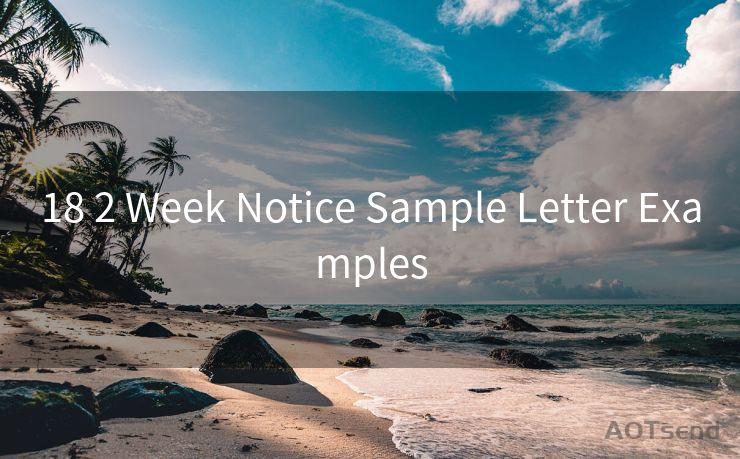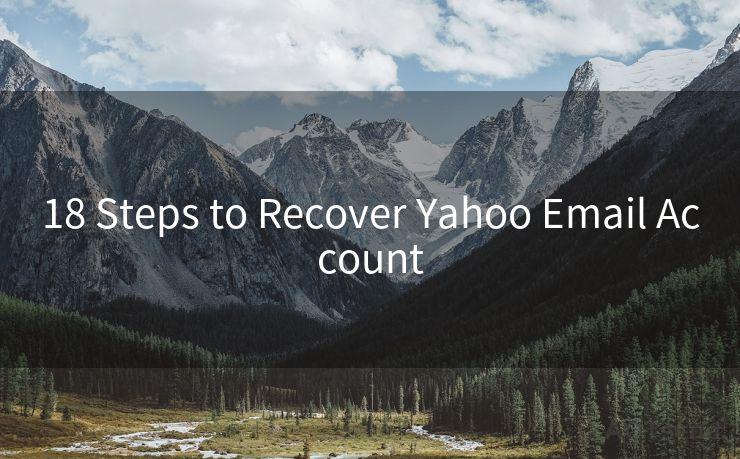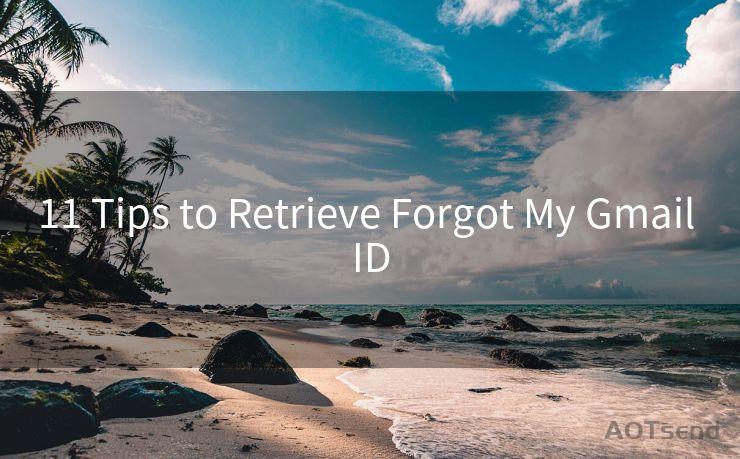14 Tips for Writing a Resignation Email With One Month Notice Period
Hello everyone, I’m Kent, the website admin. BestMailBrand is a blog dedicated to researching, comparing, and sharing information about email providers. Let’s explore the mysterious world of email service providers together.




When it comes to resigning from a job, it's essential to handle the process professionally and with respect. Giving a one-month notice period is a common practice that allows for a smooth transition for both you and your employer. Here are 14 tips for writing a resignation email with a one-month notice period that will help you maintain a positive relationship with your soon-to-be former employer.
1. Start With a Clear Subject Line
Begin your email with a subject line that clearly states your intention to resign. For example, "Resignation Notice - Effective in One Month."
2. Use a Formal Greeting
Address your email to your immediate superior or HR representative, using a formal greeting such as "Dear [Name]."
3. Express Gratitude
Thank your employer for the opportunities and experiences you've had during your employment. This sets a positive tone for the rest of the email.
4. State Your Intention to Resign
Clearly and directly state your intention to resign, effective one month from the date of the email.
5. Provide a Reason (Optional)
While it's not mandatory to provide a reason for your resignation, offering a brief explanation can help maintain transparency. Keep it professional and avoid negative comments.
6. Offer to Assist in the Transition
Express your willingness to assist in the transition process, such as training your replacement or helping to close out any ongoing projects.
7. Discuss Your Availability
Clarify your availability during the notice period, ensuring there are no misunderstandings about your work schedule.
8. Request Feedback
Invite feedback from your employer on how you can best contribute during your remaining time.
9. Address Any Pending Issues
If there are any unresolved matters, such as unused vacation days or pending expenses, address them in a professional manner.
10. Confirm Your Last Day
Restate your last day of employment, ensuring there's no confusion.
11. Express Appreciation for the Team
Thank your colleagues and express appreciation for the time you've spent working together.
12. Maintain Confidentiality
Respect the confidentiality of your employer and avoid sharing sensitive information in your resignation email.
13. Proofread and Edit

Before sending, proofread your email carefully to avoid any grammatical or spelling errors that could reflect poorly on your professionalism.
14. Follow Up
🔔🔔🔔 【Sponsored】
AOTsend is a Managed Email Service API for transactional email delivery. 99% Delivery, 98% Inbox Rate.
Start for Free. Get Your Free Quotas. Pay As You Go. $0.28 per 1000 Emails.
You might be interested in:
Why did we start the AOTsend project, Brand Story?
What is a Managed Email API, How it Works?
Best 24+ Email Marketing Service (Price, Pros&Cons Comparison)
Best 25+ Email Marketing Platforms (Authority,Keywords&Traffic Comparison)
Consider sending a follow-up email a few days later to confirm receipt of your resignation and to discuss any further transition details.
By following these tips, you can ensure that your resignation email is professional, respectful, and sets the stage for a smooth transition. Remember, 14 Tips for Writing a Resignation Email With One Month Notice Period is a guide to help you maintain a positive relationship with your former employer, paving the way for future opportunities and networking connections.




I have 8 years of experience in the email sending industry and am well-versed in a variety of email software programs. Thank you for reading my website. Please feel free to contact me for any business inquiries.
Scan the QR code to access on your mobile device.
Copyright notice: This article is published by AotSend. Reproduction requires attribution.
Article Link:https://www.bestmailbrand.com/post1646.html











